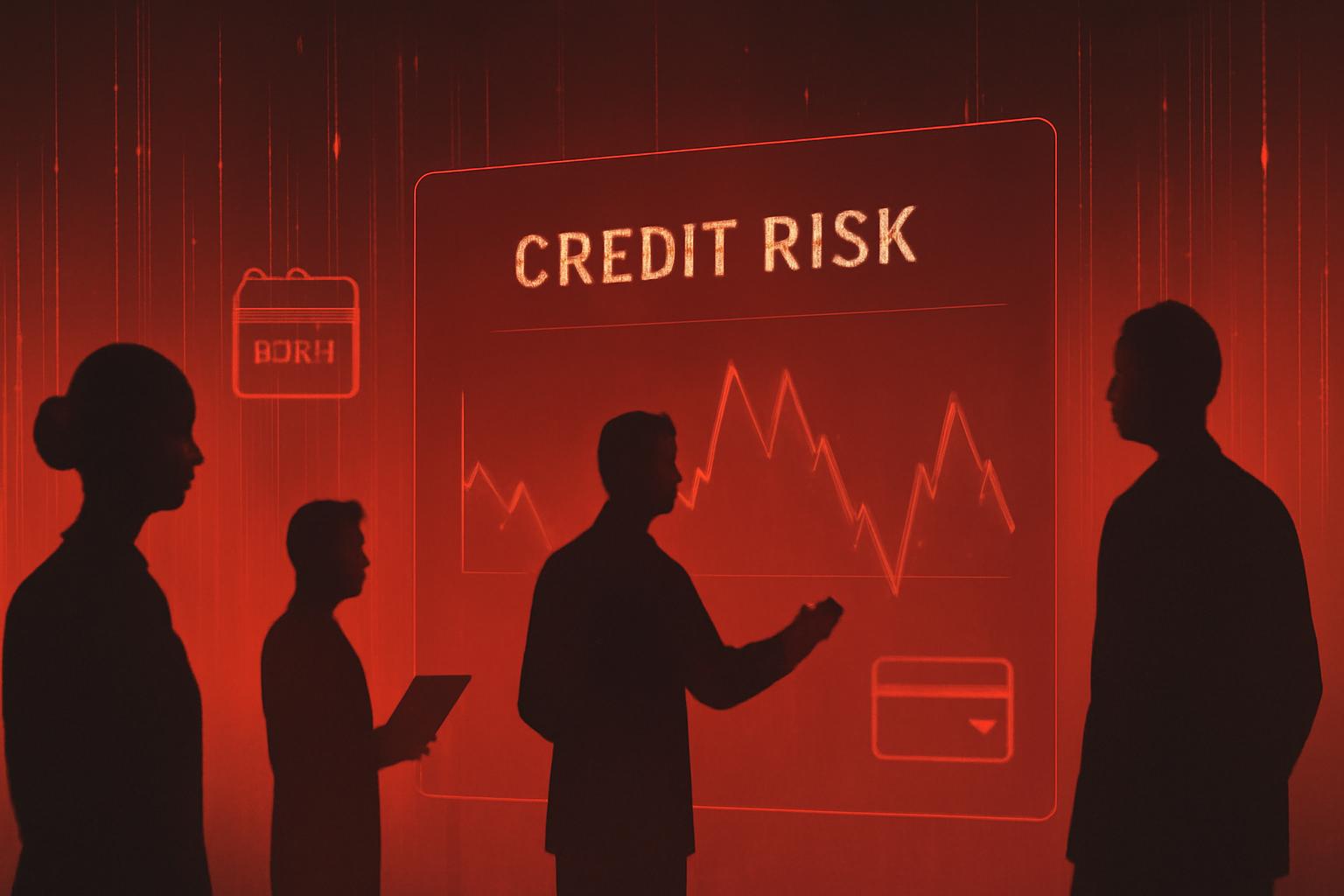Growing Popularity of Buy Now, Pay Later Services
Buy now, pay later (BNPL) plans have surged in popularity among consumers by allowing purchases to be divided into short-term, often interest-free installments. This model presents an attractive alternative to traditional credit cards, appealing to those seeking more flexible payment options.
Impact on Credit Card Industry
According to eMarketer, approximately 86.5 million Americans used BNPL services in 2024, with forecasts estimating this number will increase to 91.5 million in 2025. A LendingTree survey found nearly half of Americans have utilized BNPL services like Affirm or Klarna at least once, while 11% have done so six or more times.
Michael Linford, COO of Affirm, emphasized that while credit itself is longstanding, credit cards have struggled to evolve in line with consumer preferences. He noted, “We’re seeing widespread adoption of alternatives to credit cards.”
Challenges for Banks and Credit Card Issuers
Industry analysts highlight that BNPL services are encroaching on the traditional credit card market. Moshe Orenbuch, senior analyst at TD Cowen, explained that BNPL was designed for consumers who either prefer not to use credit cards or lack sufficient credit availability on their cards.
Kevin King, VP of credit risk and marketing strategy at LexisNexis Risk Solutions, further noted, “Every purchase financed through BNPL is one less transaction on credit cards or checking accounts offered by banks, which reduces transaction volume and utilization—key revenue drivers for card issuers.” This shift threatens the profitability of credit card companies.
Credit Risk and Data Transparency Concerns
Banks and financial institutions harbor additional concerns beyond lost revenue. BNPL transactions often do not appear comprehensively in credit profiles, creating a “black hole” in credit data, according to King. This opacity complicates lenders’ ability to assess consumer creditworthiness accurately.
As BNPL usage expands, traditional lenders may face increased risks due to incomplete visibility into borrowers’ debt obligations, potentially impacting underwriting and risk management practices.
Looking Ahead
While BNPL services continue to attract millions of users, banks and credit card companies remain cautious. The evolving credit landscape demands careful monitoring of how these alternative financing models influence consumer behavior, credit risk, and financial institution revenues.
FinOracleAI — Market View
The rising adoption of buy now, pay later services poses a clear challenge to traditional credit card issuers by diverting transaction volume and reducing card utilization, key revenue sources. Additionally, the lack of transparency in BNPL credit data introduces uncertainties in credit risk assessment for banks. While consumer demand for flexible payment options supports BNPL growth, lenders must adapt to evolving credit behaviors and data gaps.
Impact: negative













